Small Business Interruption Loans under the Coronavirus Aid, Relief and Economic Security (CARES) Act
Who Can Apply?
Any business with 500 or fewer employees.
The business does not have to be shut down completely or partially. Any business that applies is presumed to need the loan and will get it. The only underwriting standards are that the company was in business on February 15, 2020 and had employees for whom it paid salaries and payroll taxes.
The self-employed and independent contractors are also eligible for these loans.
These loans are non-recourse, meaning no personal guarantees or liens on practice assets.
What is the Maximum Loan Amount?
The maximum loan you can receive will equal 2.5 times your average “payroll costs” during the 1-year period before the loan is taken.
“Payroll costs” are defined very broadly and include:
Employee salaries, wages, commissions, etc. up to $100,000 per year, $8,333.33 per month
Payment for vacation, parental, family, medical or sick leave
Severance payments
Group health insurance
Retirement plan contributions
How Do You Apply?
The SBA is guaranteeing these loans and businesses will need to apply through banks and credit unions.
The maximum loan amount will equal 2.5 x your average monthly payroll costs during the 12-month period preceding the loan.
Borrowers will also need to make a “good faith certification” that the uncertainty of the current environment makes the loan request necessary, that you intend to use the funds to retain workers and maintain payroll OR make mortgage payments, lease payments and utility payments and that you haven’t applied for another Section 7(a) loan.
Note that you are not required to retain employees to get the loan. If you have laid off or furloughed your staff so they can get unemployment, you can still get the 7(a) loan, but as we will see, the amount of loan forgiveness will be reduced to the extent that staff is laid off or their pay is dramatically reduced.
There will be no fee to obtain the loan – another example of how the Feds are doing what they can to get this money circulating in the economy. Nor are you required to first look elsewhere to get the money.
What Can the Loan Proceeds be Used For?
The loan proceeds can be used for more overhead expenses than what went into calculating the amount of the loan, including:
Payroll costs (see definition above)
Interest (not principal) payments on mortgages
Rent
Utilities
Interest (not principal) on any debts that were incurred before February 15, 2020
How Long Can We Defer Repayment on the 7(a) Loan?
Borrowers can completely defer repayment of principal and interest for at least six months but not more than one year. Apparently, the particular deferment period will be up to the discretion of the bank that issues the loan.
What Portion of the Loan Will be Forgiven?
The amount of loan forgiveness will equal the sum of the employer’s:
Payroll costs (as broadly defined above)
Interest (not principal) on any business debts that were incurred prior to February 15, 2020
Rent
Utilities, including electricity, gas, water, transportation, telephone and internet access
What Will the Tax Treatment be on the Forgiven Debt?
Even though this is debt cancellation income, which is normally taxable, in this case, the cancelled debt will be excluded from income.
What Happens to the Portion of the Loan that is Not Forgiven?
The remaining balance will continue to be guaranteed by the SBA, have a maximum maturity of 10 years and bear interest at the rate of 4% or less.
Please contact Tramer, Shore & Zwick should you have any questions.
